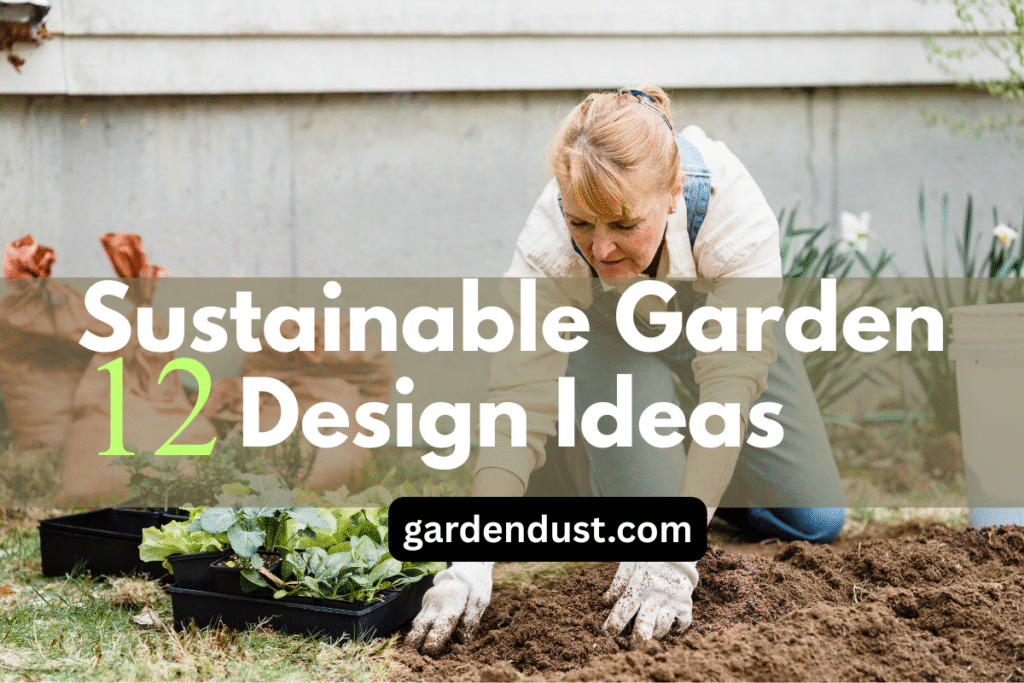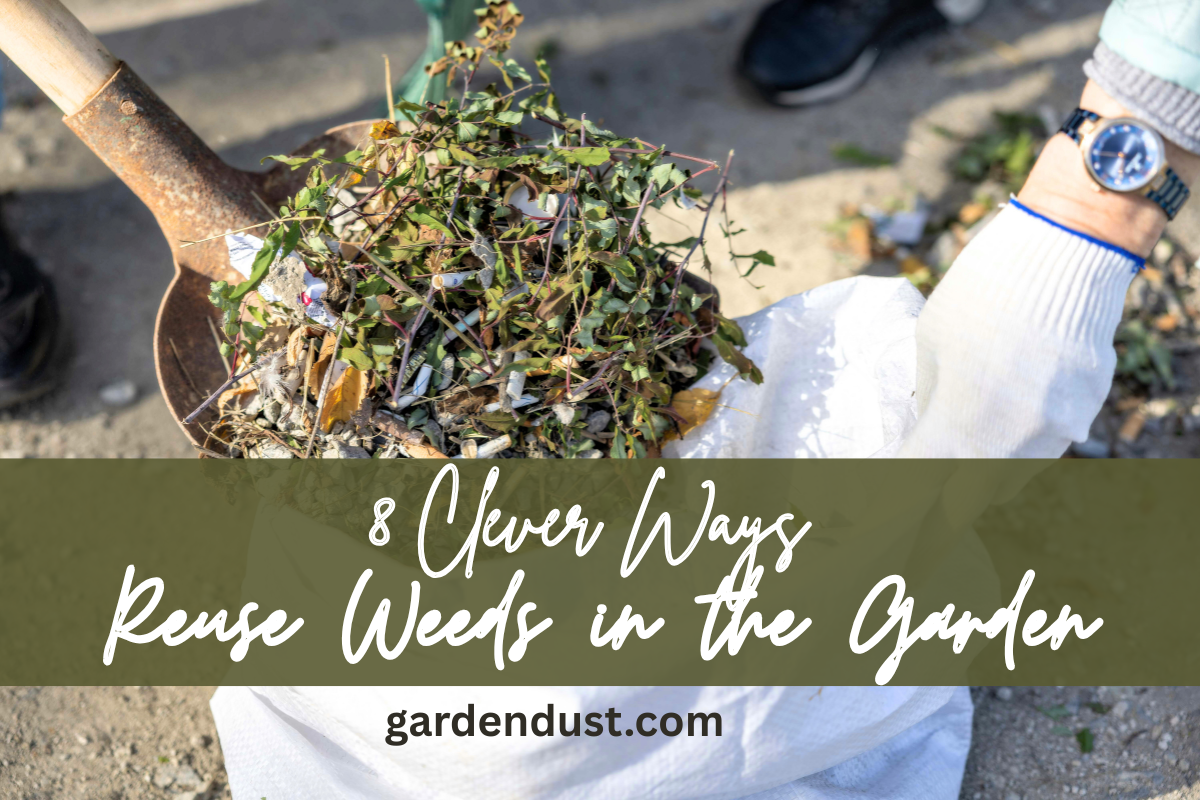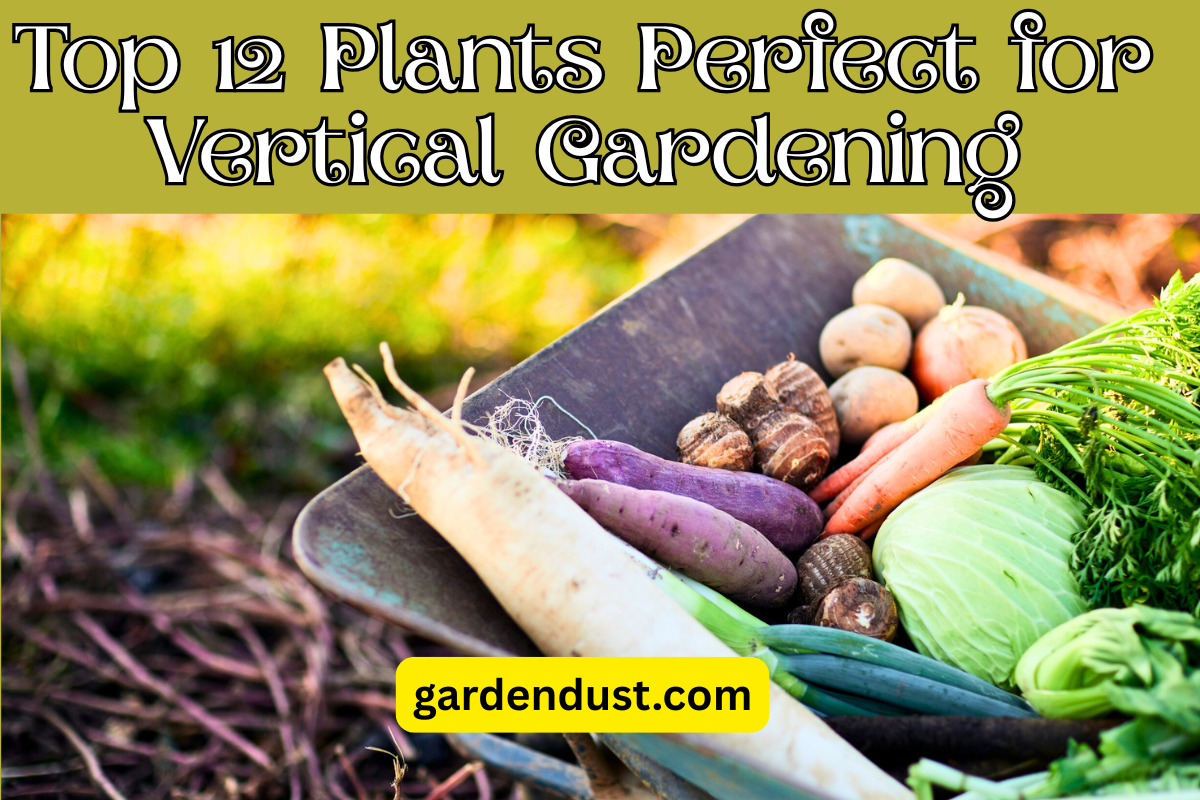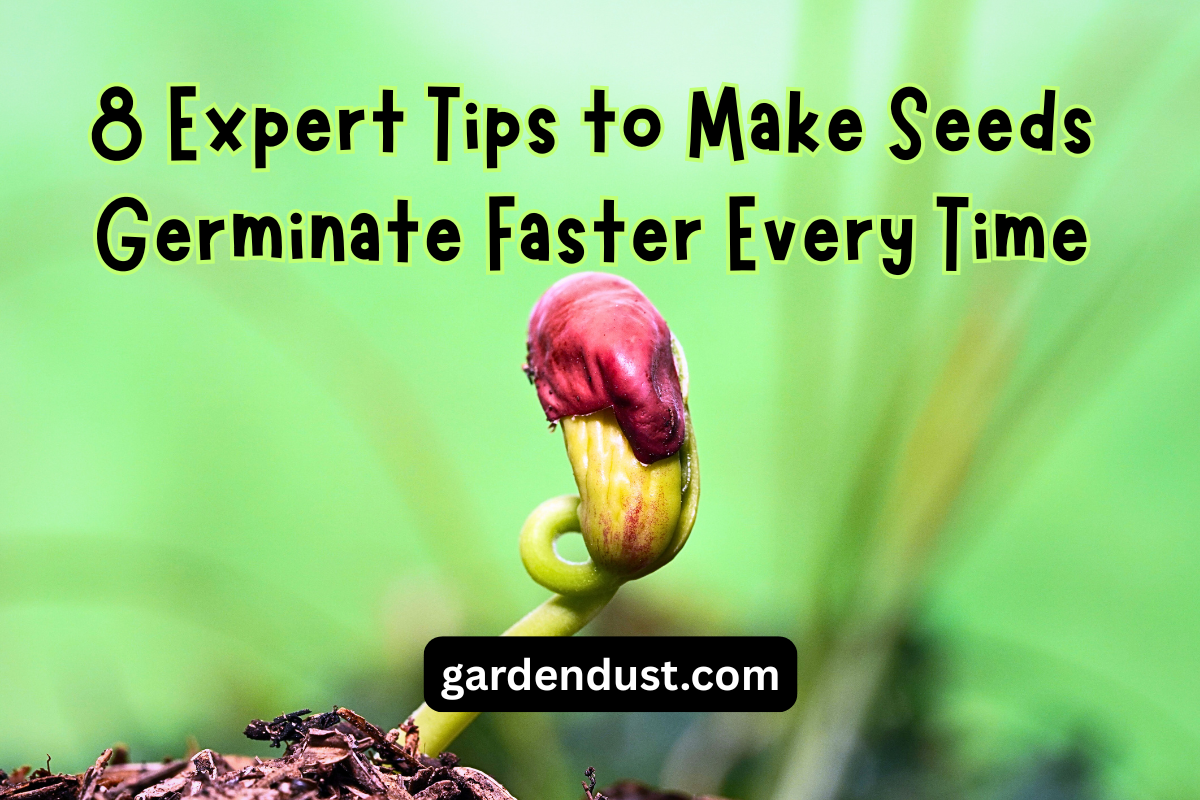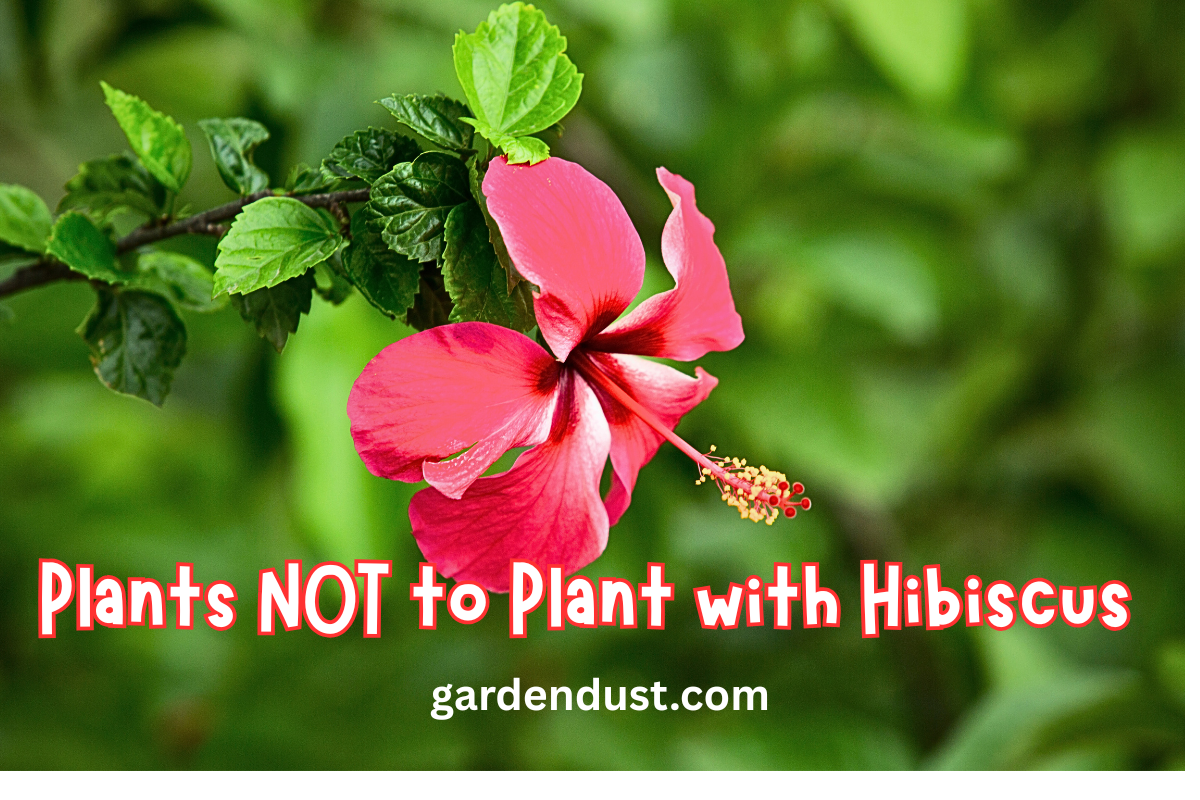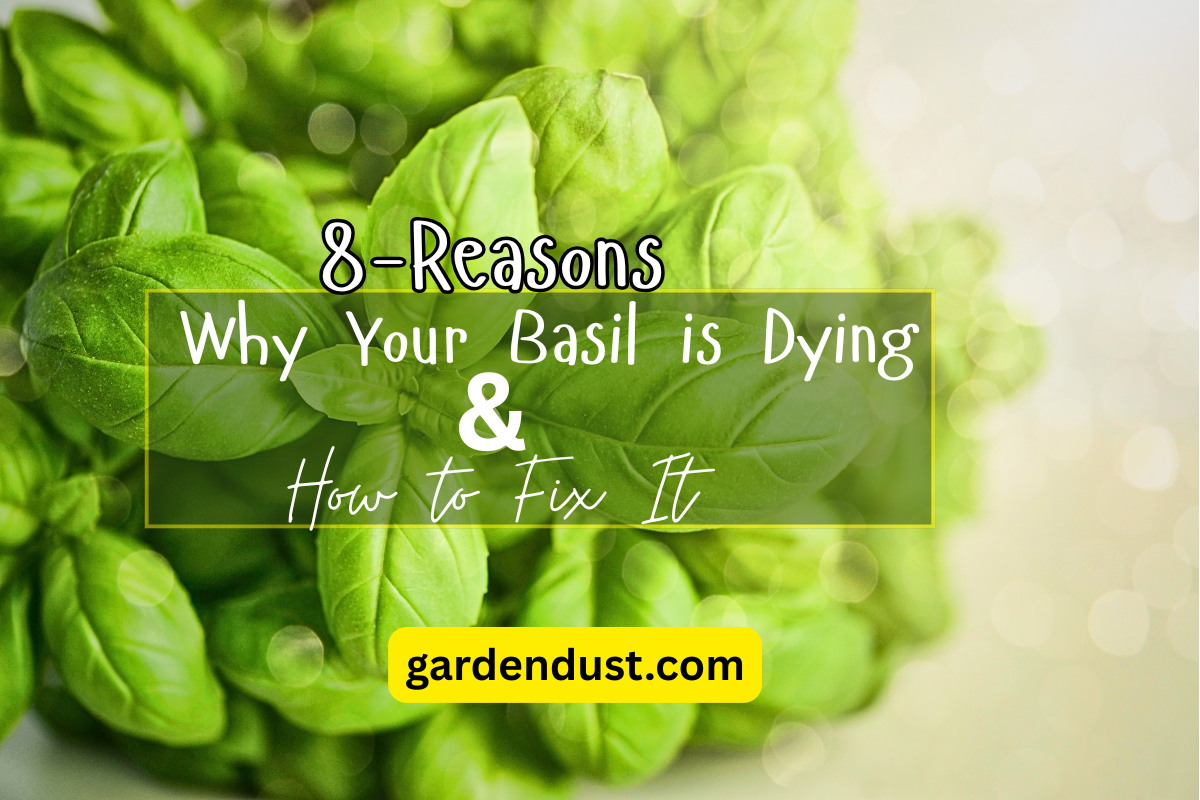12 Sustainable Garden Design Ideas
Creating an Eco-Friendly Outdoor Space
Why Sustainable Gardening Matters
Sustainable gardening is more than just a trend—it’s an essential approach to creating outdoor spaces that work with nature, not against it. By implementing eco-friendly garden designs, we can conserve resources, support biodiversity, and create beautiful landscapes that thrive with minimal intervention.
These 12 sustainable garden design ideas will help you transform your outdoor space into an environmentally responsible haven that benefits wildlife, reduces your carbon footprint, and creates a more resilient ecosystem for future generations.
Benefits of Sustainable Gardens
- Conserves water and reduces runoff
- Supports local wildlife and pollinators
- Reduces energy use and carbon footprint
- Creates healthier soil without chemicals
- Minimizes maintenance and resource inputs
- Promotes sustainability in your community
Idea 1-Native Plant Gardens
Native plants are adapted to local conditions, requiring less water, fertilizer, and pest control while providing ideal habitat for local wildlife.
Benefits:
- Reduces water consumption by up to 50%
- Supports local biodiversity and ecosystems
- Requires fewer resources and maintenance
- Creates resilient landscapes adapted to local climate
Implementation Tips:
- ✓ Research plants native to your specific region
- ✓ Group plants with similar water and light needs
- ✓ Include a variety of flowering times for year-round interest
Idea 2-Water Conservation Design
Smart water management through rain gardens, efficient irrigation, and drought-tolerant landscaping minimizes water waste while maintaining garden health.
Benefits:
- Reduces water bills and resource consumption
- Improves soil health and drainage
- Creates resilience during drought periods
- Prevents erosion and water pollution
Implementation Tips:
- ✓ Install drip irrigation systems for efficient watering
- ✓ Create a rain garden to capture runoff
- ✓ Use mulch to retain soil moisture and reduce evaporation
Idea 3-Permaculture Principles
Permaculture creates self-sustaining garden ecosystems by mimicking natural patterns and relationships between plants, animals, and landscape elements.
Benefits:
- Creates self-regulating, low-maintenance gardens
- Maximizes space and resource efficiency
- Produces higher yields with lower inputs
- Builds resilience through biodiversity
Implementation Tips:
- ✓ Observe your land before making changes
- ✓ Design in zones based on frequency of use
- ✓ Stack functions: each element serves multiple purposes
Idea 4-Vertical Gardening
Growing upward instead of outward maximizes limited space, improves air circulation, and creates striking visual interest through green walls and climbing structures.
Benefits:
- Maximizes growing space in small areas
- Improves air quality and reduces heat islands
- Creates privacy and sound barriers
- Makes harvesting and maintenance more accessible
Implementation Tips:
- ✓ Use trellises, wall planters, or pocket systems
- ✓ Choose appropriate plants for vertical growth
- ✓ Ensure adequate irrigation and drainage
Idea 5-Rainwater Harvesting
Collecting and storing rainwater from roofs and hard surfaces provides a free, chemical-free water source for garden irrigation during dry periods.
Benefits:
- Reduces dependency on municipal water
- Provides soft, chlorine-free water plants prefer
- Reduces stormwater runoff and erosion
- Lowers water bills significantly
Implementation Tips:
- ✓ Install rain barrels under downspouts
- ✓ Create swales to direct water flow
- ✓ Consider larger cisterns for more storage capacity
Idea 6-Composting Systems
Converting kitchen scraps and garden waste into nutrient-rich humus creates a closed-loop system that improves soil health and reduces waste.
Benefits:
- Reduces landfill waste and methane emissions
- Creates free, high-quality soil amendments
- Improves soil structure, fertility, and water retention
- Supports beneficial soil microorganisms
Implementation Tips:
- ✓ Choose the right composting system for your space
- ✓ Balance green (nitrogen-rich) and brown (carbon-rich) materials
- ✓ Consider vermicomposting for faster breakdown
Idea 7-Pollinator-Friendly Habitats
Creating gardens that support bees, butterflies, and other beneficial insects ensures healthy plant reproduction and creates thriving ecosystems.
Benefits:
- Improves fruit and vegetable yields through pollination
- Supports declining pollinator populations
- Creates natural pest control through biodiversity
- Adds visual interest with flowering plants
Implementation Tips:
- ✓ Plant a diversity of flowering plants for season-long blooms
- ✓ Provide water sources for pollinators
- ✓ Create insect hotels and butterfly puddling areas
Idea 8-Solar-Powered Garden Features
Integrating renewable energy through solar-powered lighting, irrigation systems, and water features reduces energy consumption and extends garden enjoyment.
Benefits:
- Eliminates electrical wiring and reduces energy costs
- Provides lighting and features where power is unavailable
- Creates a carbon-neutral garden experience
- Automated systems improve water efficiency
Implementation Tips:
- ✓ Install solar path lights and accent lighting
- ✓ Consider solar-powered water pumps for fountains
- ✓ Use solar irrigation controllers and sensors
Idea 9-Permeable Surfaces
Using permeable pavers, gravel, and other porous materials for pathways and patios allows water to penetrate soil rather than create runoff.
Benefits:
- Reduces stormwater runoff and flooding
- Replenishes groundwater supplies
- Filters pollutants before water reaches waterways
- Creates interesting textural elements in the garden
Implementation Tips:
- ✓ Install permeable pavers with proper drainage layers
- ✓ Use crushed stone or gravel for informal pathways
- ✓ Consider alternatives like stepping stones with ground cover
Idea 10-Sustainable Materials
Using reclaimed, recycled, and locally sourced materials for garden structures, furniture, and hardscaping reduces environmental impact.
Benefits:
- Reduces carbon footprint from manufacturing and transportation
- Keeps materials out of landfills
- Creates unique character and visual interest
- Often more durable than mass-produced alternatives
Implementation Tips:
- ✓ Repurpose old materials like bricks, timber, and stone
- ✓ Choose FSC-certified wood for new structures
- ✓ Look for recycled plastic or composite materials
Idea 11-Low-Maintenance Design
Planning garden layouts and plant selections to minimize ongoing maintenance requirements saves time, resources, and energy over the long term.
Benefits:
- Reduces water, fertilizer, and pesticide use
- Minimizes equipment use and fuel consumption
- Creates more time for garden enjoyment
- Ensures sustainability over time as plants mature
Implementation Tips:
- ✓ Choose perennials and self-seeding annuals
- ✓ Group plants with similar needs together
- ✓ Use mulch to suppress weeds and retain moisture
Idea 12- Edible Landscapes
Integrating food-producing plants with ornamentals creates beautiful, productive spaces that reduce food miles and connect people with their food sources.
Benefits:
- Reduces transportation emissions from store-bought food
- Eliminates packaging waste
- Provides access to fresh, organic produce
- Creates multi-functional, beautiful spaces
Implementation Tips:
- ✓ Use fruit trees as focal points or shade providers
- ✓ Integrate herbs and edible flowers into ornamental beds
- ✓ Try attractive vegetable varieties in mixed plantings
Creating Your Sustainable Garden: A Step-by-Step Approach
Getting Started
- 1. Observe your space – Study sunlight patterns, drainage, soil conditions, and existing vegetation before planning.
- 2. Set clear goals – Determine priorities like wildlife support, water conservation, or food production.
- 3. Create a design plan – Map out zones based on usage frequency and maintenance needs.
- 4. Start small – Begin with manageable projects and expand gradually as you learn what works.
Long-Term Success
- ✓ Document your garden – Keep records of successes and challenges to improve over time.
- ✓ Embrace seasonal changes – Work with nature’s cycles rather than fighting against them.
- ✓ Connect with other gardeners – Share knowledge, plants, and resources with your community.
- ✓ Practice adaptive management – Be willing to adjust approaches based on results and changing conditions.
Conclusion: Growing a Greener Future
Creating a sustainable garden is a journey, not a destination. By implementing even a few of these ideas, you’ll be making a positive impact on your local environment while creating a more beautiful, resilient, and enjoyable outdoor space.
Remember that sustainable gardening is about progress, not perfection. Each small change adds up to significant benefits for you, your community, and the planet. As your garden evolves, you’ll discover the deep satisfaction that comes from working in harmony with nature rather than against it. Happy Gardening…

